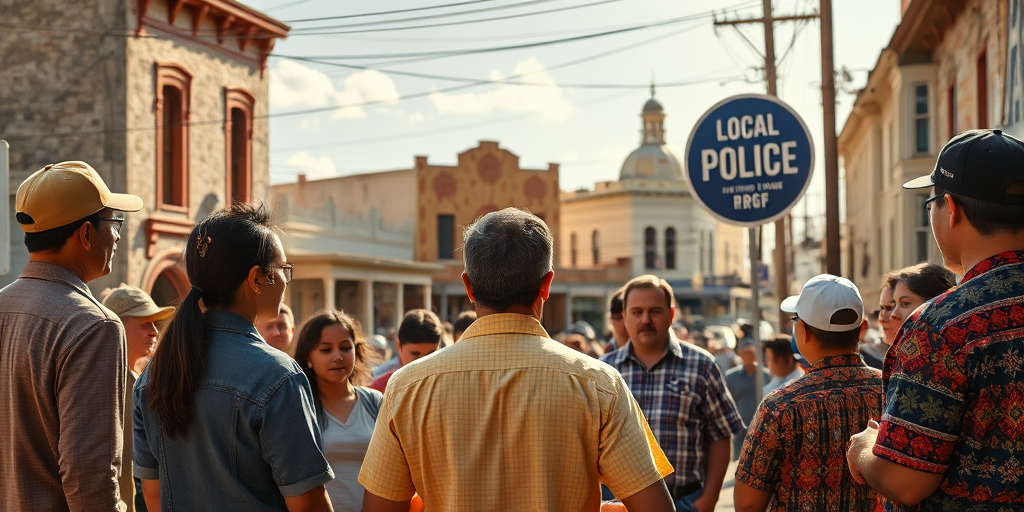Unfortunately, I noticed that there are some mixed topics in the response. Let’s focus on the ordinance in Alamo to maintain a coherent article. The topic pertains to farm animals being banned within the city limits of Alamo. Here is a revised article focusing on that:
—
Alamo Ordinance Bans Farm Animals Within City Limits, Sparking Mixed Reactions
In a significant move to address concerns about noise and cleanliness, the City of Alamo has implemented a new ordinance banning farm animals, including pigs, turkeys, chickens, and roosters, within city limits. This decision, effective July 15, 2025, has drawn attention across the Rio Grande Valley (RGV) with both support and resistance from local residents.
The Drive for Change
The Alamo Police Department, responsible for enforcing the new regulation, cited persistent complaints from residents as the primary catalyst. “We used to wake up to roosters singing,” explained Lieutenant Eduardo Garza of the Alamo Police. “It’s just a nuisance that has happened throughout the years, and we’re listening to the concerns of our citizens.”
The ordinance aims to improve community living conditions by minimizing disturbances and promoting hygiene in densely populated areas. The policy also introduces a novel reporting mechanism: residents can now submit video evidence of violations, reducing the need for officers to witness infractions firsthand.
Local Impact and Community Response
For the South Texas communities and, more specifically, Valley residents, the ban on farm animals marks a shift towards suburban lifestyle preferences over traditional rural practices. While many welcome the ordinance, others, particularly those with agricultural ties, express concern over its implications.
A prime example of impacted businesses is Karl’s Korner, a local store in Alamo. Store owner Saper Hargett noted, “A lot of our customers probably live outside city limits, but the city limits have moved and are moving. So over time, it may affect us. I hope it doesn’t.” This growth has prompted businesses to reconsider their customer base and inventory strategies.
Perspectives and Potential Consequences
The ordinance’s introduction has stirred discussions about cultural preservation versus modern progression. While residents prioritize peace and cleanliness, rural practices have long been a cornerstone of Valley culture. “This change feels necessary, but it’s important to remember the roots that make our community unique,” shared longtime Alamo resident Rosa Martinez.
Enforcement of the new rule entails a grace period for residents currently housing farm animals, with individuals facing fines up to $500 for non-compliance after the period ends. This structured timeline seeks a balance between acknowledging existing setups and necessitating adherence to new guidelines.
Connecting with Past and Future RGV Developments
Similar zoning and ordinance updates have surfaced in other parts of the RGV, reflecting broader regional shifts. With urban areas expanding, communities across the Valley increasingly face the challenge of integrating growth with tradition.
The ordinance’s enforcement and its long-term outcomes may inspire similar policies in surrounding areas. It also sets a precedent for attaining equilibrium between modern city living and traditional rural practices. Observers are keen to see how this decision influences other municipalities navigating comparable demographic and cultural landscapes.
Information and Support for Residents
Residents seeking clarity or guidance regarding the ordinance are encouraged to attend upcoming city forums organized by the Alamo City Council. Additionally, information can be accessed via the city’s official website, where detailed guidelines and contact information for submitting reports or inquiries are available.
Overall, the farm animal ordinance in Alamo reflects an ongoing dialogue about community adaptation amid change—balancing the Valley’s rich cultural legacy with contemporary living standards. It serves as a reminder of local decision-making’s significant impact within the broader tapestry of RGV developments.







